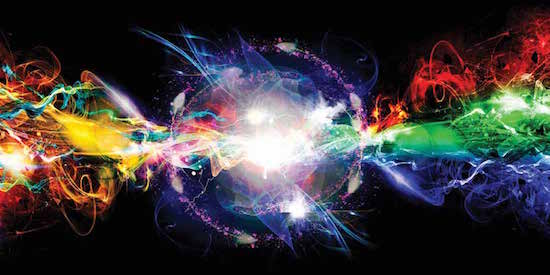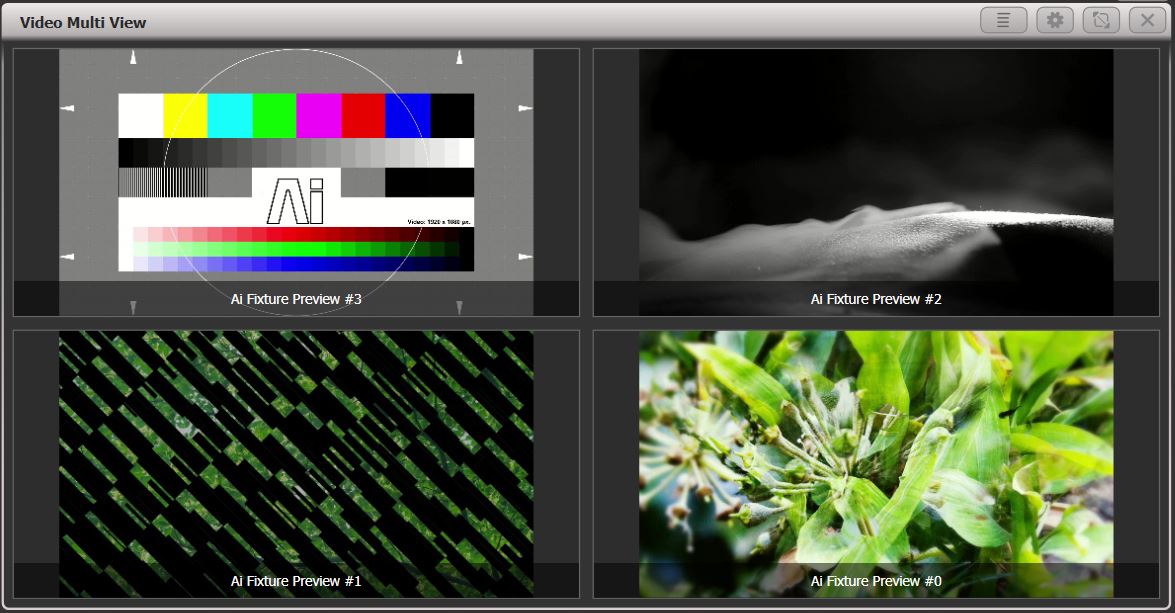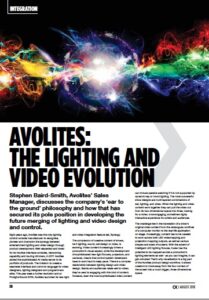News
11 Sep 2018
Avolites: The Lighting and Video Evolution

Subscribe to CX E-News
Integration
Avolites: The Lighting and Video Evolution
Stephen Baird-Smith, Avolites’ Sales Manager, discusses the company’s ‘ear to the ground’ philosophy and how that has secured its pole position in developing the future merging of lighting and video design and control.
Eight years ago, Avolites was the only lighting control console manufacturer to recognise, pioneer and champion the synergy between entertainment lighting and video design through product development.
Well respected and loved for its intuitive interface consoles, networking capability and touring dimmers, in 2011 Avolites added the sophisticated Ai media server to its portfolio of products. The mission: to create a seamless interface and common language for video designers, lighting designers and programmers alike. This year sees a further evolution and at Prolight+Sound 2018, Avolites launched its new light and video integration feature set, Synergy.
The complexion of creative content of shows, be it lighting, sound, set design or video, is evolving. Video content increasingly drives a production’s visual aspect, while the development of sophisticated new light fixtures, projectors, and cameras, means that control system developers have to work hard to keep pace. There is a complex relationship between lighting design and video design. Bands and audiences relate well to video; they’re used to engaging with this kind of content. However, even the most sophisticated video contentcan induce passive watching if it is not supported by dynamic key or mood lighting.
The most successful show designs are multi-layered combinations of set, lighting, and video.
When the lighting and video content work together they can pull the video out from its two-dimensional space into three, making for a richer, more engaging, sometimes highly interactive experience for artists and audiences.
The challenge lies in the translation of a show’s original video content from the rectangular confines of a computer monitor to the real-life application on stage. Increasingly, content has to be created to work across both LED video-mapping and projection-mapping outputs, as well as various shapes and sizes of screens. With the advent of intelligent LED lighting fixtures, it also has the potential to be mapped across a production’s lighting elements as well – as you can imagine, it can get complex!
That’s why visualisation is a big part of the Avolites product design workflow. It allows creators to move away from the four corners of the screen into a much bigger, three-dimensional space. In fact, Avolites’ latest development, Synergy, evolved from studying the workflow of designers as a whole – not just the lighting designer and the video designer, but the content creator and set design process.
Avolites’ ultimate holy grail is to bring all these disciplines together in one unified workspace.
We see a situation where there’s a control surface, which is as adept with video and cameras as it is with lights, and where the workflow is the same whatever you’re controlling. Ultimately, that should empower people to do more. You may still need a media server or lighting specialist on the gig, but have control from one unified surface or the same consoles on the same network.
Although that may sound simple, I can assure you it’s not! Even for a company like Avolites, which has both media server and lighting console R&D teams in the same building, it has been challenging to bring those two technologies together. Yes, there’s a lot of commonality, but at best the two speak different dialects of the same language. At the same time, in terms of control, there’s much that video can learn from lighting and vice versa.
With the first version of Synergy we have endeavoured to make it straightforward to connect lighting and video systems using a dedicated Avolites protocol. We have further simplified the system so that now video can easily be routed through any lighting fixture, without the need for an external Art-Net merge.
This two-way comms system is critical. Designers need to be able to see what their media server is doing on their control surface, otherwise workflow is significantly slowed down.
For example a key features of the Synergy platform is the ability to connect and configure the Ai media server from the Titan interface. Synergy’s Lightmap feature means that users can stream Ai video colour data through any fixture group, including both RGB and CMY fixtures, to instantly integrate them into a larger video canvas – meaning that everything from high-res LED screens to LED fixture groups can be controlled from one intuitive User Interface (UI).
With these developments our goal is to create a platform which is creative enough to speak to the artists who are creating content, or lighting the shows or scenery, yet is technically adept enough to be able to deliver all of the detail and precision that is required on shows.
As we continue to integrate the two systems it’s important to recognise the lighting console and the media server still have their own superpowers. Lighting consoles are masters of control, whichever brand you’re talking about. Lighting control has evolved over a long period, while media servers are still relatively young. Using each as an engine for what it’s good at is where the future lies.

Stephen Baird-Smith
We haven’t had too many people using Synergy yet because it’s barely launched. However, when Gary Numan’s lighting designer, Luke Edwards, used it to program our exhibition stand at Prolight+Sound in Frankfurt, he said he was blown away, delighting in the fact that the visual barriers had been removed. I think that’s the key. He was programming lights and a media server concurrently, and he was using the server to run the lights. It was completely interchangeable, he didn’t have to think in a different way when it came to having a media server controlling the lights.
Change can be a difficult pill to swallow, but we all know it’s the most adaptable who succeed. We’re not forcing anyone to merge video and lighting, our media servers still work great on their own, or with any other console, and our lighting consoles still work well on their own. Nevertheless, we’re addressing what we see as an obvious creative and technical challenge to the industry, and we are set on pioneering the solution.
This article first appeared in the September 2018 edition of CX Magazine – in print and online. CX Magazine is Australia and New Zealand’s only publication dedicated to entertainment technology news and issues. Read all editions for free or search our archive www.cxnetwork.com.au
© CX Media
Subscribe
Published monthly since 1991, our famous AV industry magazine is free for download or pay for print. Subscribers also receive CX News, our free weekly email with the latest industry news and jobs.






